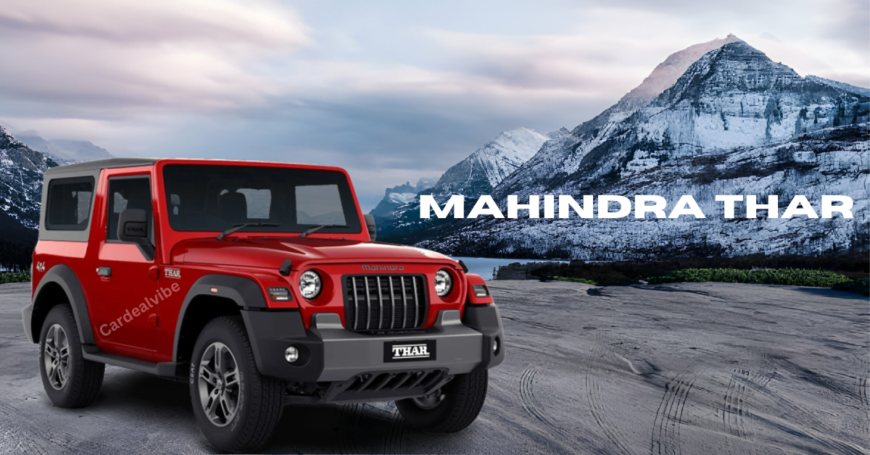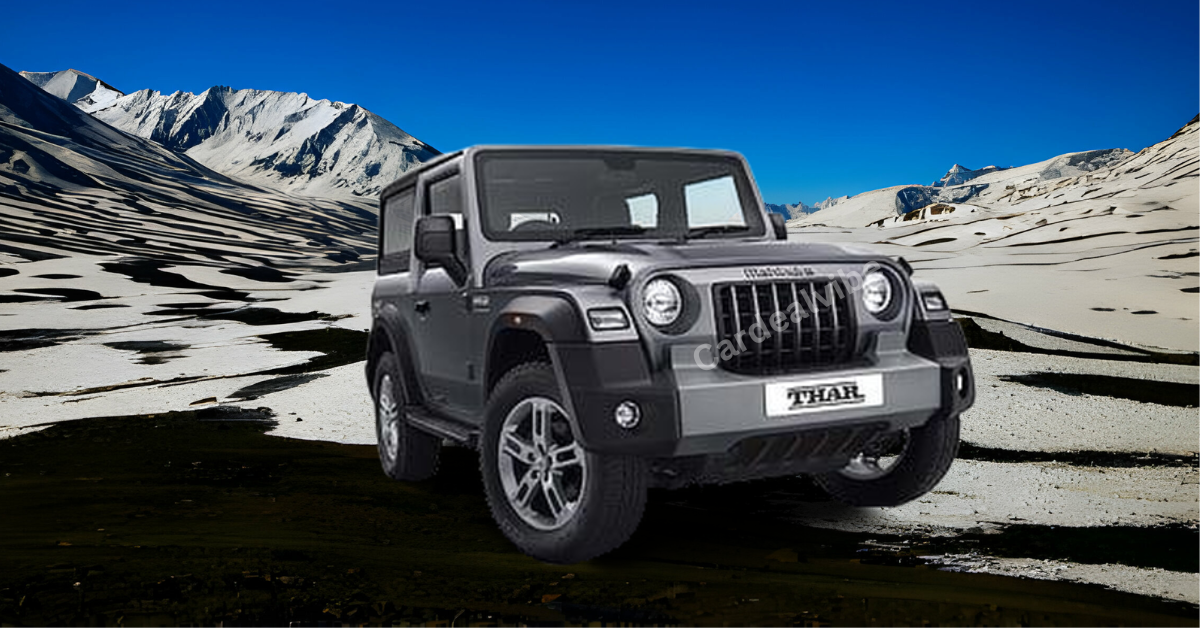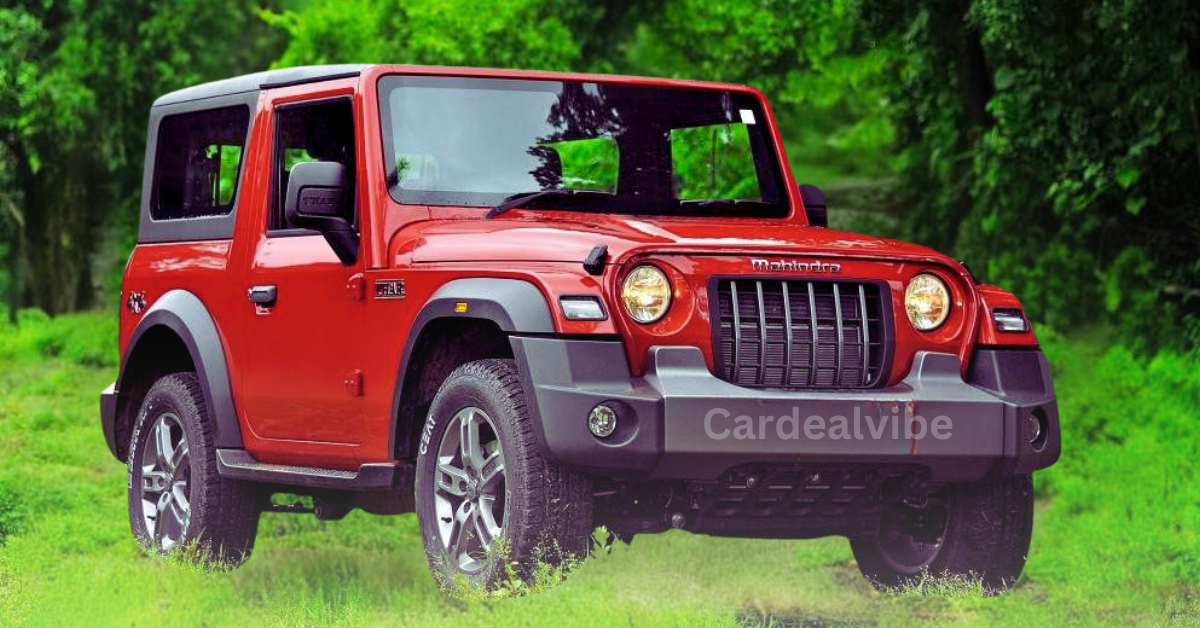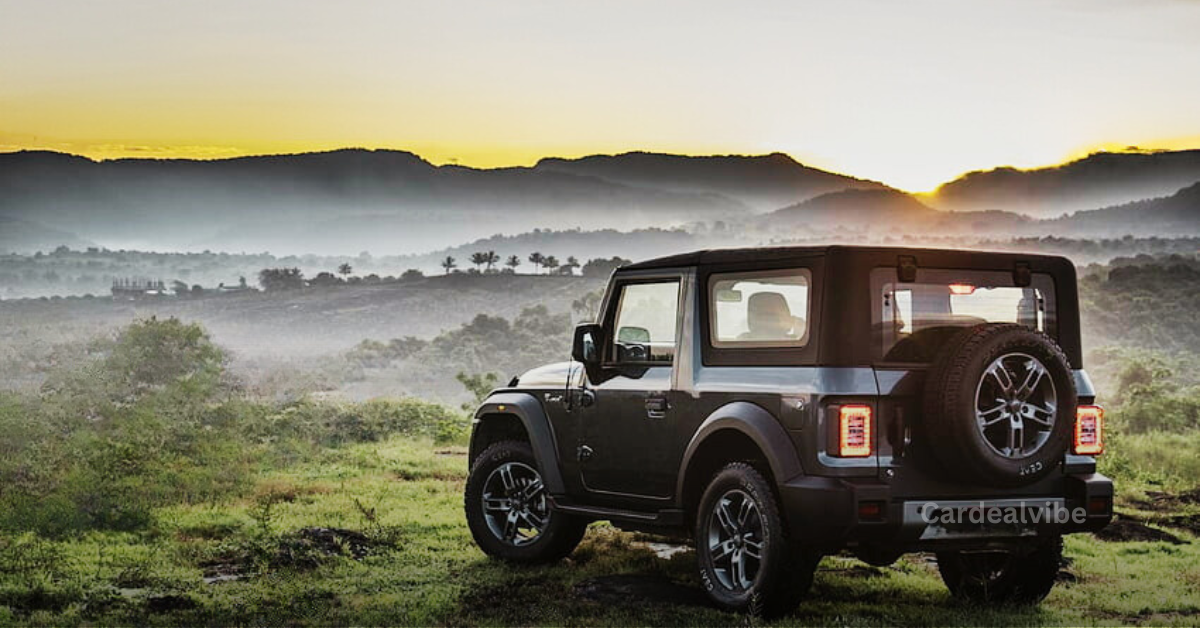Real-world Performance Comparison between Honda Elevate and Honda City CVTs
In 2023, Honda’s eagerly awaited small SUV, the Elevate, made its debut in India. It has the same base and powerplant as the Honda City, therefore many of its mechanical components are similar. We recently evaluated the practicality of these Honda twins by driving the automatic CVT versions of both of these vehicles. Let’s test the speed differential. Let’s look at their engine specs before moving on to the performance results:
Powertrain Details
| Specifications | Honda Elevate | Honda City |
| Engine | 1.5 liter naturally aspirated (NA) Petrol | |
| Power | 121 PS | |
| Torque | 145 Nm | |
| Transmission | CVT | |
Although both of these cars have the option of a manual transmission, we will only discuss the performance of the CVT variants that we tested.
Acceleration Test
| Tests | Honda Elevate CVT | Honda City CVT |
| 0-100 kmph | 12.35 seconds | 10.94 seconds |
| Quarter Mile | 18.64 seconds at 125.11 kmph | 17.87 seconds at 130.39 kmph |
| Kickdown (20-80kmph) | 7.2 seconds | 6.36 seconds |
The Honda City outperformed the Honda Elevate by 1.4 seconds in the 0-100 kmph sprint, while the gap was less than 1 second in the quarter mile. Again, there was less than a second’s difference in their timings during the kickdown from 20 to 80 kmph. The Honda Elevate weighs more than 100 kg more than the City, based on the available kerb weight statistics, which probably explains why the City was faster. The sedan’s faster performance over the SUV is probably also due to its relatively more aerodynamic shape.
Braking Test
| Tests | Honda Elevate CVT | Honda City CVT |
| 100-0 kmph | 37.98 metres | 41.88 metres |
| 80-0 kmph | 23.90 metres | 26.50 metres |
The Elevate stops about 4 meters faster than the Honda City while stopping from 100 kmph to a standstill. Honda’s SUV outperforms the City by 2.6 meters even while stopping at 80 kmph. The only disc brakes available on the Elevate and the City are in the front. On 17-inch alloy wheels, the Honda Elevate has wider 215-section tires, while the Honda City has comparatively smaller 185-section tires on 16-inch alloy wheels.
Key Points
Thus, the Honda City accelerates more quickly than the Honda Elevate, but the Elevate stops better than the City. They may operate differently even when they have the same engine and transmission because of differences in their weights and wheel diameters.
Note of disclaimer: The performance numbers are subject to change based on the driver, road conditions, and weather.
Price
| Honda Elevate | Honda City |
| Rs 11.58 lakh to Rs 16.20 lakh | Rs 11.71 lakh to Rs 16.19 lakh |
Read More On: Analysis Of The Top-Spec Hyundai Creta N Line N10 Variant: Is It Worth It?
Bollywood actor Kartik Aaryan currently owns a Rover Range Rover SV and a McLaren GT.
Kartik Aaryan, a well-known actor in Bollywood, recently acquired a brand-new Land Rover Range Rover SV. He becomes the latest celebrity to acquire a premium SUV from the Land Rover series, following in the footsteps of Shikhar Dhawan and Ranbir Kapoor. We estimate that his Range Rover, with all the customizations he has probably chosen, is priced at approximately Rs 5 crore (ex-showroom, India).
An SUV for Enthusiasts
The emblem on the boot lid suggests that Kartik Aaryan has chosen the SUV’s top-of-the-line SV version. His Range Rover has a gloss-finished exterior painted in Ligurian Black. For his SUV, the Bhool Bhulaiyaa 2 star appears to have opted for the optional 22-inch blacked-out alloy wheels. Though it’s unclear, Kartik Aaryan’s SUV probably features an all-black interior to go with the outside tone.

The actor owns a collection of high-end vehicles that includes a Lamborghini Urus and an orange-colored McLaren GT, in addition to the new Range Rover.
Range Rover SV Powertrain
The SV version of the SUV is available from Land Rover and has a 4.4-liter twin-turbo V8 petrol engine (615 PS/750 Nm). All four wheels receive power from the 8-speed automatic gearbox that is linked to it. The Land Rover Range Rover SV can sprint from 0 to 100 kilometers per hour in 4.6 seconds.
Other Range Rover models have two engine options in addition to the 4.4-liter twin-turbo powertrain described above: a 3-liter turbo-petrol and a 3-liter diesel. All three of these engines include some sort of electrification to help with performance, and Land Rover also provides these engines with an 8-speed transmission. All-wheel drive is standard equipment on all Range Rover models.
What Features Does It Come With?

With an abundance of creature comforts, the Range Rover SV is a luxury SUV model that offers the greatest range. Additionally, it has a 4-zone climate control system, dual 11.4-inch back entertainment screens, 24-way adjustable heated and cooled powered front seats with massaging function, and a 13.1-inch touchscreen device. Kartik is also seen making use of the SUV’s split-folding tailgate in the photo posted on his social media accounts.
Several airbags, a 360-degree camera, dynamic stability control (DSC), and an array of sophisticated driver assistance technologies make up its safety net (ADAS).
Prices And Competitors
The ex-showroom price range for the Land Rover Range Rover in India is between Rs 2.39 crore and Rs 4.46 crore. The Mercedes-Maybach GLS, Bentley Bentayga, and Rolls-Royce Cullinan are some of its rivals in India.
Also Read: Tesla India Launch Is Accelerated By The New EV Policy
Mahindra XUV700 Sales in February 2024 Beat Tata Harrier and Safari Taken Together for Midsize SUVs
In February 2024, Mahindra SUVs topped the sales charts for midsize SUVs in India. Month-over-month (MoM) sales for the sector showed a nearly 3 percent decline in popularity; nevertheless, Mahindra Scorpio and MG Hector continued to post gains last month. These are the sales figures for each midsize SUV in February 2024.
| Mid-size SUVs | |||||||
| February 2024 | January 2024 | MoM Growth | Market share current(%) | Market share (% last year) | YoY mkt share (%) | Average sales (6 months) | |
| Mahindra Scorpio | 15051 | 14293 | 5.3 | 49.53 | 69.35 | -19.82 | 12193 |
| Mahindra XUV700 | 6546 | 7206 | -9.15 | 21.54 | 44.95 | -23.41 | 7445 |
| Tata Safari | 2648 | 2893 | -8.46 | 8.71 | 12.49 | -3.78 | 1680 |
| Tata Harrier | 2562 | 2626 | -2.43 | 8.43 | 20.49 | -12.06 | 1811 |
| MG Hector | 1826 | 1817 | 0.49 | 6 | 25.52 | -19.52 | 2258 |
| Hyundai Alcazar | 1290 | 1827 | -29.39 | 4.24 | 15.55 | -11.31 | 1667 |
| Jeep Compass | 204 | 286 | -28.67 | 0.67 | 4.05 | -3.38 | 285 |
| Hyundai Tucson | 157 | 183 | -14.2 | 0.51 | 4.96 | -4.45 | 198 |
| Volkswagen Tiguan | 102 | 113 | -9.73 | 0.33 | 0.92 | -0.59 | 153 |
| Citroen C5 Aircross | 0 | 1 | -100 | 0 | 0.03 | -0.03 | 3 |
| Total | 30386 | 31245 | -2.74 | 99.96 | |||
Important lessons learned

- In February 2024, the Mahindra Scorpio remained the top-selling midsize SUV, continuing to dominate the sales chart. Last month saw the sale of over 15,000 units, representing a monthly increase in demand of more than 5%. Note that the Mahindra Scorpio N and Scorpio Classic sales are included in these figures.
- Even though it only shipped less than half as many units as the top-selling Mahindra, the Mahindra XUV700 was the next best-selling SUV in this market. It did see a MoM sales decline of more than 9%.
- Together, the Tata Safari and Tata Harrier exceeded the 5,000 unit sales threshold in February 2024, drawing in more than 2,500 clients apiece.
- The MG Hector did not experience a monthly sales decline with over 1,800 units sold, demonstrating its steady demand in the market. Nonetheless, Hector’s market share decreased by almost 20 percent on a year-over-year (YoY) basis. Note that Hector and Hector Plus sales are included in these numbers.
- The Hyundai Alcazar had a decline in MoM sales of about 30%, but it nevertheless exceeded the 1,000-unit sales threshold. Compared to its average sales over the previous six months, its sales in February were over 400 units lower.

- In February, the Jeep Compass had a 29 percent decrease in sales, drawing in just 204 customers. Here, it continued to be the most popular premium model.
- In February 2024, the Hyundai Tucson achieved the eighth position in the sales table, having sold more than 150 vehicles. Sales of Hyundai’s flagship ICE (internal combustion engine) SUV fell by more than 14% month over month.
- In February 2024, the Volkswagen Tiguan sold just over 100 units, placing it in ninth place on the sales leaderboard.
- Citroen’s flagship SUV, the C5 Aircross, was a complete failure to sell in India.
Also Read : Tata Motors Is Planning To Invest Rs. 9,000 Crore For A New Plant In Tamil Nadu
Hyundai Creta N Line vs. Turbo-petrol Competitors: Purported Fuel Economy Comparison
The Hyundai Creta N Line was just introduced in India, and the carmaker has made all of the information on the features, technical specs, and fuel economy of the SUV public. Exclusively offered with a 1.5-liter turbo-petrol engine, the Kia Seltos, Volkswagen Taigun, and Skoda Kushaq’s comparably potent versions face off against the Creta N Line. Let’s examine the Creta N Line’s cost effectiveness compared to its competitors.
| Specifications | Hyundai Creta N Line | Kia Seltos | Volkswagen Taigun | Skoda Kushaq |
| Engine | 1.5-litre turbo-petrol | 1.5-litre turbo-petrol | 1.5-litre turbo-petrol | 1.5-litre turbo-petrol |
| Power | 160 PS | 160 PS | 150 PS | 150 PS |
| Torque | 253 Nm | 253 Nm | 250 Nm | 250 Nm |
| Transmission | 6-speed MT / 7-speed DCT | 6-speed iMT / 7-speed DCT | 6-speed MT / 7-speed DCT | 6-speed MT / 7-speed DCT |
| Claimed Fuel Efficiency | 18 km (MT) / 18.2 kmpl (DCT) | 17.7 kmpl (iMT) / 17.9 kmpl (DCT) | 18.61 kmpl (MT) / 19.01 kmpl (DCT) | 18.60 kmpl (MT) / 18.86 kmpl (DCT) |
Principal Learnings
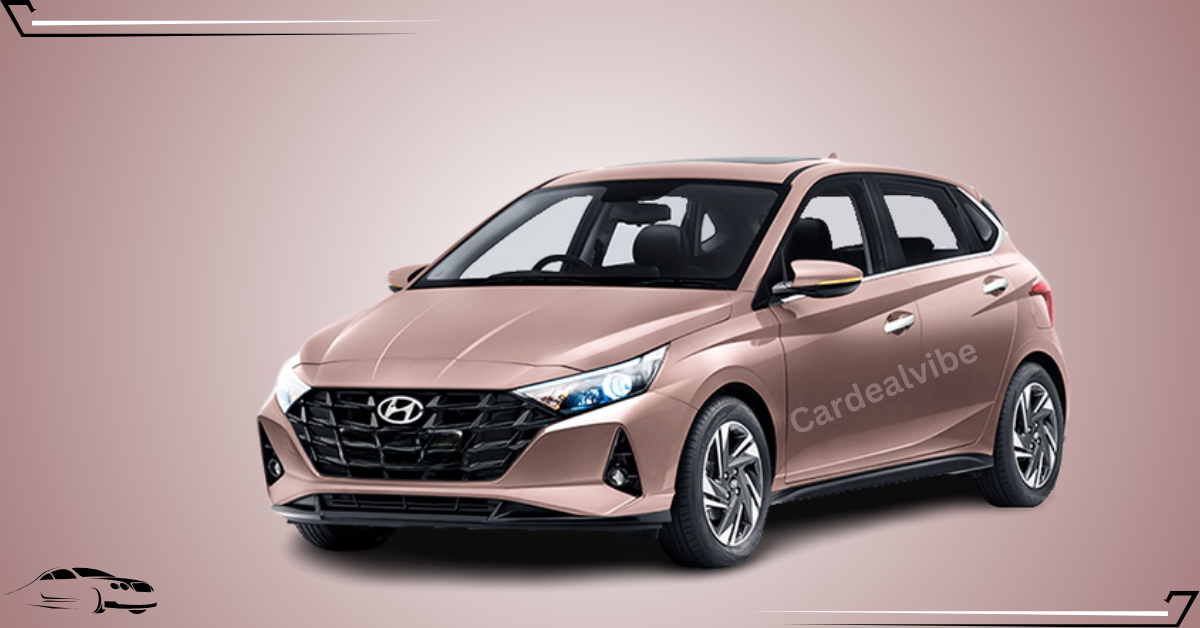
- The 1.5-liter turbo-petrol engine that powers the Hyundai Creta N Line is mated to a 6-speed manual or a 7-speed dual-clutch gearbox (automated DCT). Although it is less economical than the Skoda-VW SUVs, it claims to give marginally higher fuel efficiency than the Kia Seltos.
- Although the Seltos and the Creta N Line share the same 1.5-liter turbo-petrol engine, the Seltos has the lowest fuel efficiency of all the SUVs listed here. But the only small SUV with an option for a 6-speed iMT (manual transmission without clutch pedal) is the Seltos.

- The 1.5-liter turbo-petrol engine in the Taigun and Kushaq has 10 PS less power than the one in the Creta N Line and Seltos. Out of all the SUVs listed here, Volkswagen’s compact SUV with DCT automatic gives the best fuel economy.
- With a 6-speed manual gearbox, the Skoda Kushaq nearly matches the fuel efficiency of the Volkswagen SUV, but with a 7-speed dual-clutch transmission, it is marginally less fuel-efficient than the Taigun.
- Not to mention, for enhanced economy, the Skoda-VW engine unit has active cylinder technology. When the engine is not under stress, such as when driving at high speeds on the highway in the highest gear, this mechanism permits two of the four-engine cylinders to become idle.
Disclaimer: Please be aware that the producers of the different products have made these fuel economy claims. The real fuel economy may differ depending on variables like weather, driving style, and state of the car.
In this case, the Volkswagen Taigun stands out as the most performance-focused small SUV. However, despite having a 6-speed iMT option, the Kia Seltos has the lowest fuel efficiency. Considered in isolation from its competitors, the Hyundai Creta N Line’s stated fuel efficiency is neither noteworthy nor concerning.
Prices
| Hyundai Creta N Line | Kia Seltos | Volkswagen Taigun | Skoda Kushaq |
| Rs 16.82 lakh to Rs 20.30 lakh (introductory) | Rs 15 lakh to Rs 20.30 lakh | Rs 16.77 lakh to Rs 20 lakh | Rs 15.99 lakh to Rs 20.49 lakh |
Ex-showroom rates apply to all
Please take notice that the prices listed below are exclusively for the 1.5-liter turbo-petrol version of these SUVs.
Read More On: Discounts Of More Than Rs 1 Lakh Are Being Provided This March For Tata Tiago EV, Ata Tigor EV, And Tata Nexon EV





